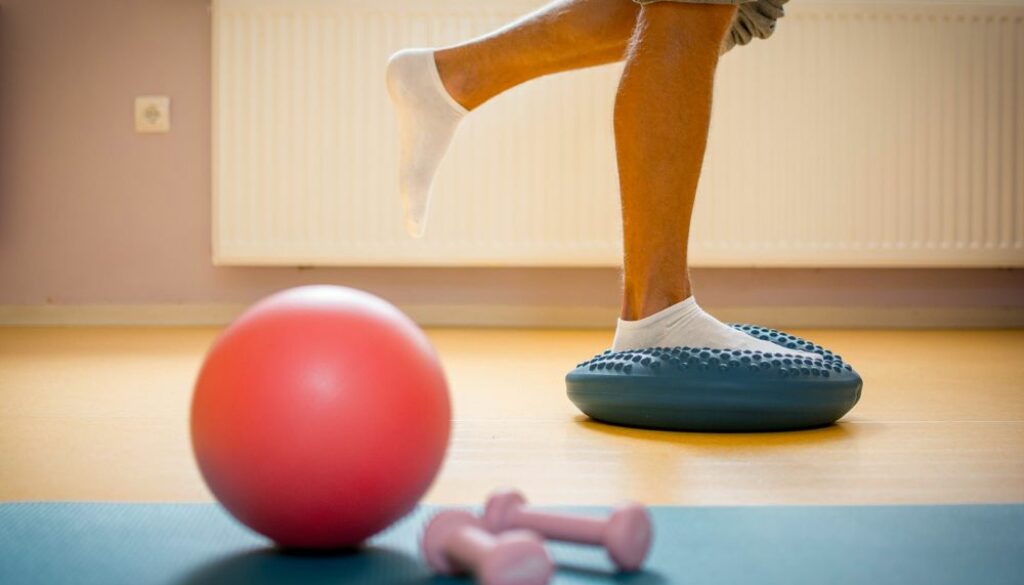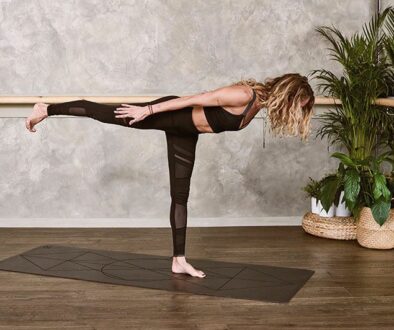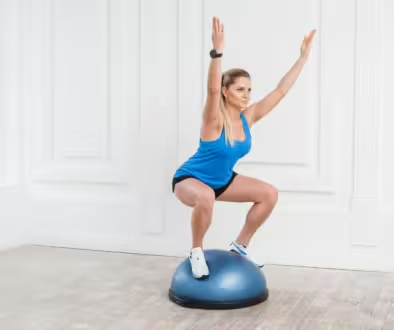Qu’est-ce que la proprioception?
Rassurez-vous, il ne s’agit là pas une technique barbare. La proprioception correspond à un ensemble de capteurs sensoriels qui se trouvent dans le corps, au niveau des muscles, des tendons, des articulations. Ces capteurs informent le cerveau de tous les mouvements que nous faisons. Oui, c’est totalement fou et fascinant. Il semblerait que la proprioception soit définit comme notre 6ème sens.
La proprioception : définition
Proprioception, à quoi ça sert ?
A contrario de nos autres 5 sens qui s’intéressent au monde qui nous entoure, la proprioception récupère des informations à l’intérieur de notre corps. C’est là toute la différence. Ainsi, cette notion nous permet d’évoluer en équilibre et de faire des mouvements fous sans jamais chuter.
Elle sert à faire la différence entre nous et le reste. La proprioception nous permet alors de visualiser, les yeux fermés, la position des membres de notre corps. Par exemple, imaginez-vous assis dans un bureau. Vous ne voyez pas vos jambes à travers la table mais vous savez comment elle sont placées : croisées, droites ou encore tendues par exemple. Découvrez notre guide complet sur la proprioception.
Proprioception & schéma corporel
Le schéma corporel définit le fait qu’en tant qu’individus, nous sommes différents du monde qui nous entoure. Le schéma corporel se nourrit des informations liées à la proprioception. Ce dernier évolue et se peaufine grâce aux expériences vécues par l’individu, tout au long de sa vie.
De nourrisson à adulte, notre corps vit donc de nombreuses expériences sensorielles. Au stade de nourrisson, ces dernières sont très limitées. On retrouve par exemple, les mouvements de bouches, des mains. Cependant, c’est assez pauvre pour nourrir le schéma corporel.
Par conséquent, les grandes acquisitions du développement de l’enfant s’impliquent dans l’évolution du schéma corporel. Grâce aux nombreux changements physiques qu’elle engendre, le passage à l’adolescence est une révolution pour le schéma corporel. A l’âge adulte, le schéma corporel reste stable. L’individu se retrouve dans un corps dont il connaît les contours et la représentation corporelle qu’il en fait.
La pratique d’un nouveau sport ou un accident de la vie sont des actualisations qui modifient le schéma corporel.
Quelles sont les causes d’une mauvaise proprioception ?
Bien souvent lors de blessures du membre inférieur, des atteintes proprioceptives peuvent apparaître et entraîner des problématiques à moyen et long terme. Parmi ces conséquences, on retrouve une diminution de l’équilibre, une perte de la coordination et une régression des réflexes au niveau de l’articulation atteinte lorsqu’une rééducation via de les proprioception n’a pas été établie.
Ainsi, la rééducation proprioceptive est essentielle. Les professionnels de la santé sont uniformes pour dire qu’il s’agit de la première étape avant le renforcement musculaire du blessé. Dans un autre sens, la rééducation proprioceptive peut être gage de renforcement des articulations avant une lourde opération.
Comment améliorer sa proprioception?
Si vous souhaitez travailler la proprioception, de nombreuses solutions s’offrent à vous. Entre les exercices sans équipement et ceux avec, des centaines de vidéos d’exercices proprioceptifs sont à votre portée grâce à Internet.
Rassurez-vous, si vous souhaitez améliorer votre proprioception, il n’est pas nécessaire d’être grandement équipé.
Que vous souhaitiez solliciter les chevilles, les genoux ou encore les épaules, les exercices proprioceptifs changent les paramètres habituels des exercices physiques classiques. Par exemple, au lieu de s’exercer sur un sol dur, la proprioception vous fera travailler sur un sol mou. Par exemple, essayez de travailler sur un objet mou et peu stable (comme un matelas ou un coussin) tout en fermant les yeux et avec un petit objet, effectuez des passes d’une main à l’autre. Le tout en étant en équilibre sur un pied.

Saviez-vous qu’il est possible de travailler sa proprioception grâce à l’ActiveBase ? Effectivement, l’utilisation d’un tabouret ActiveBase favorise le travail de ce 6ème sens. De par la visualisation du corps dans l’espace et le travail des muscles, il est tout à fait possible de s’exercer à la proprioception grâce à notre tabouret ergonomique.
Pour bien débuter, lancez-vous des petits défis au quotidien qui permettront de vous exercer sans même vous faire perdre du temps.
Comment travailler sa proprioception ?
Peut-être le saviez-vous mais de nombreux sports favorisent de manière indirecte le travail de la proprioception. On vous liste un top 4 des activités à faire si vous souhaitez exercer votre proprioception. Parmi ceux-ci, on retrouve la majorité des sports de glisse et d’équilibre :
- le skate
- le surf
- le snowboard
- le ski
- l’escalade
- le kitesurf
- etc




